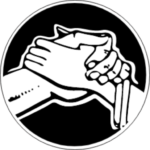Family
Where we live, genealogy, and stories
streets of callahan in Parramore
where we live

in
Parramore
main and secondary streets
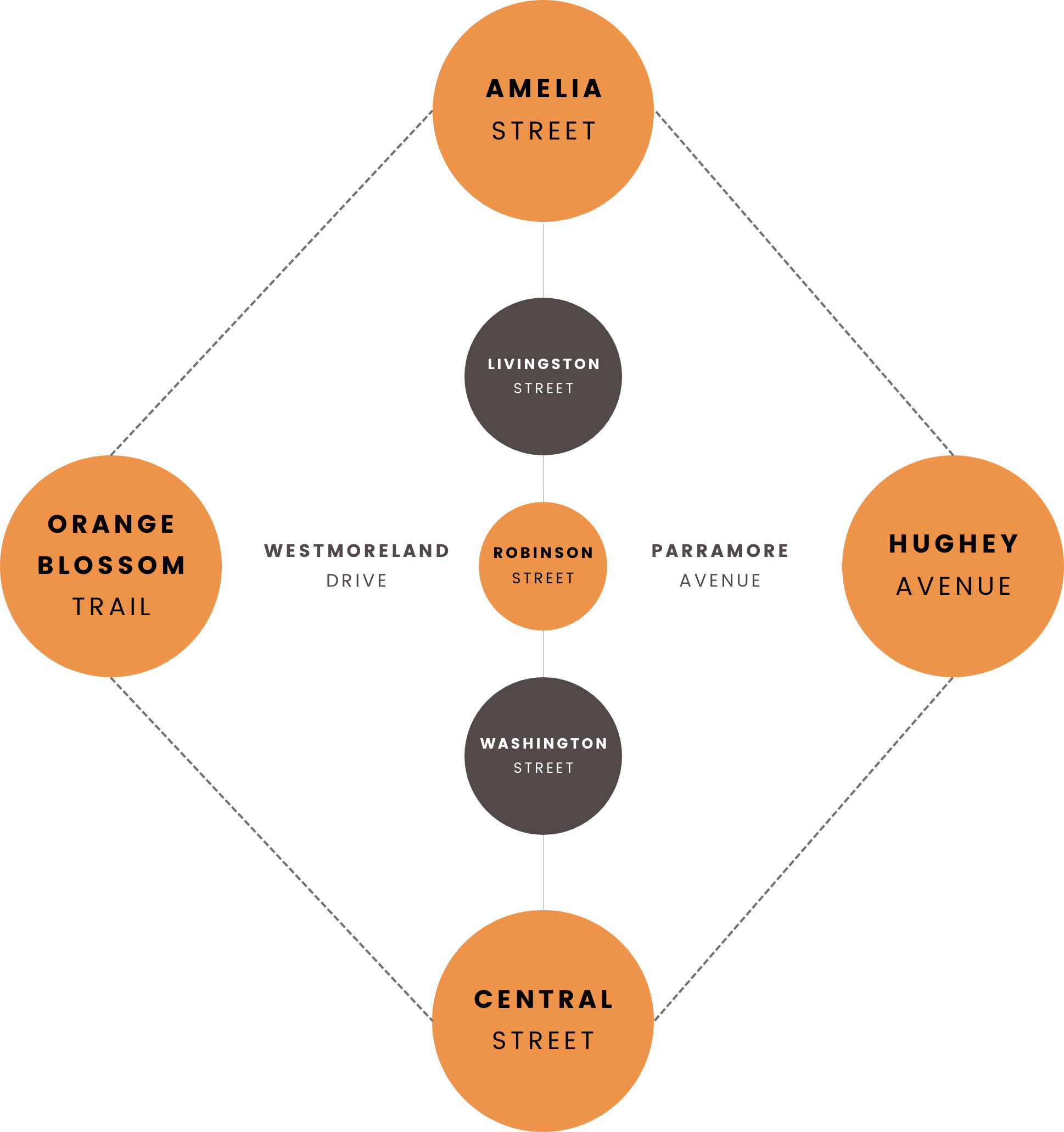
orange blossom
westmoreland
hames St.
benson Ave.
hill St.
garden St.
mcquigg Ave.
ossie Pl.
pershing St.
wilson St.
amelia - central
north to south
federal St.
bentley St.
polk St.
jefferson St.
dewitt St.
otey Pl.
lee St.
Hughey
Parramore
bob Carr Ct.
grove park St.
Terry St.
chathan St.
beggs Ave.
beech St.
oakwood St.
macbro St.
division St.
settlements from the past
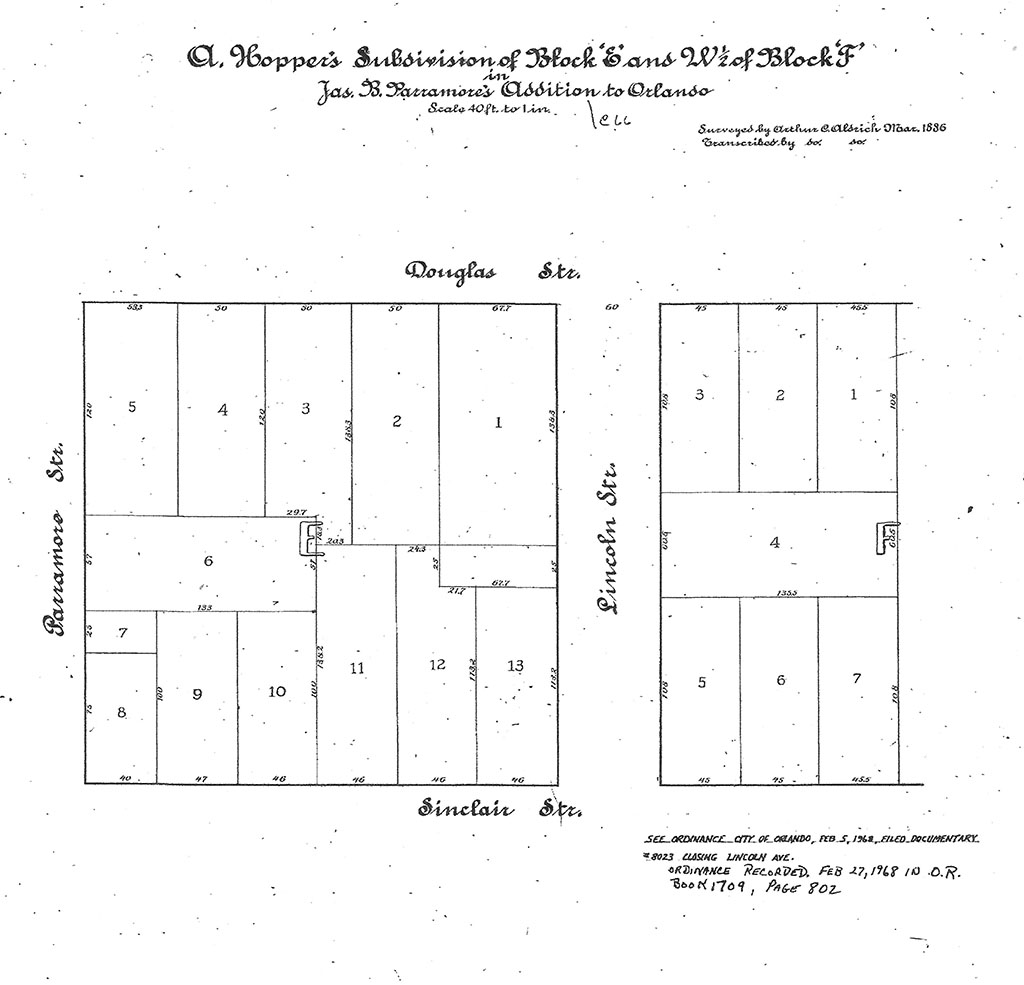
Jonestown Settlement
Hopper quarters settlement
Sand settlement
Black bottom settlement
Pepperhill settlement
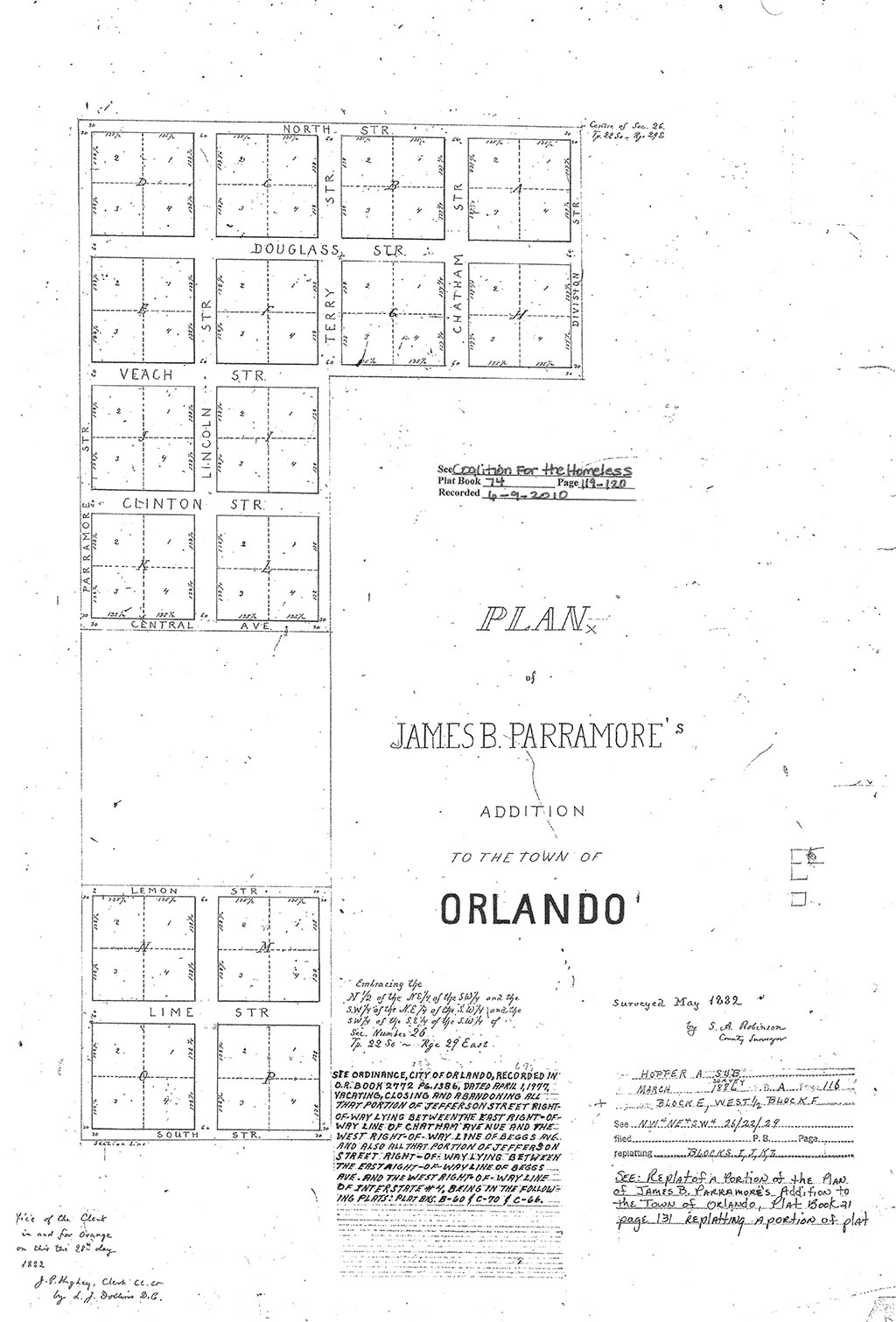
researching your family's tree

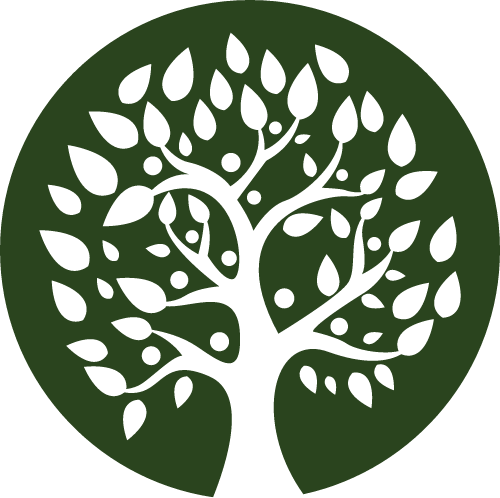
A-D
- Anderson
- Bishop
- Boren
- Bowman
- Bridges
- Braboy
- Brown
- Britt
- Bryant
- Burks
- Burnett
- Butler
- Bush
- Callahan
- Carter
- Charles
- Christian
- Cobb
- Coleman
- Collier
- Council
- Cosby
- Crooms
- Davis
- Diltz
- Doby
- Drew

E-M
- Eccleston
- Ellis
- Engram
- Ferrell
- Florence
- Frazier
- Gelzer
- Hankins
- Hardeman
- Harris
- Henson
- Hicks
- Hinson
- Hodges
- Holt
- James
- Jamison
- Johnson
- Jolly
- Jones
- Kennedy
- Lancaster
- London
- Manigault
- McGowen
- Merritt

N-Z
- Nottingham
- Owens
- Perkins
- Perry
- Peterson
- Powell
- Robinson
- Romney
- Rayam
- Shorter
- Speight
- Staggers
- Starks
- Thompson
- Tillinghast
- Tribute
- Turner
- Walton
- Weaver
- Wells
- White
- Williams
- Wilkerson
- Wilson
- Woodley
the past informs the future
genealogy is the story of who you are
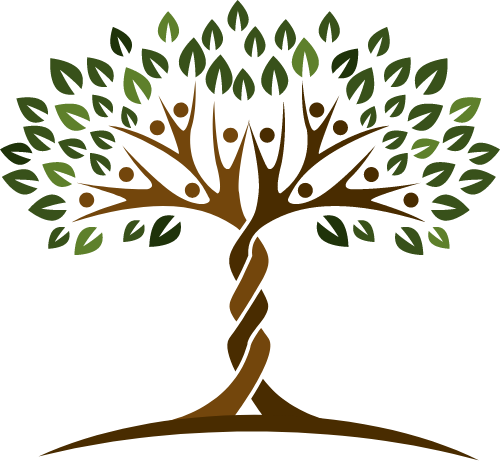
finding information at home

Genealogy resources
Genealogy and the Orange County Library System (OCLS):
OCLS Genealogy Collection
West Oaks Branch Genealogy Center
1821 E Silver Star Road
Ocoee, Florida 34761

useful links for beginners
www.ocls.info/genealogyFamilySearch.org is a free collection of genealogy research maintained by the Church of Latter-Day Saints. FamilySearch has the largest collection of genealogical records in the world, and The West Oaks Branch Library & Genealogy Center is now a FamilySearch Affiliate Library. Create a Free FamilySearch Account and come into the West Oaks Library to view limited access collections of digitized records and books only available at Affiliate Libraries.
home healing remedies
who can forget?
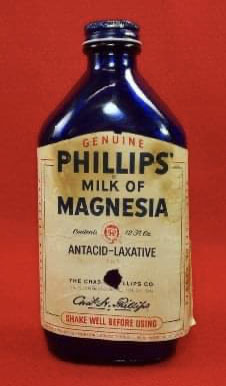



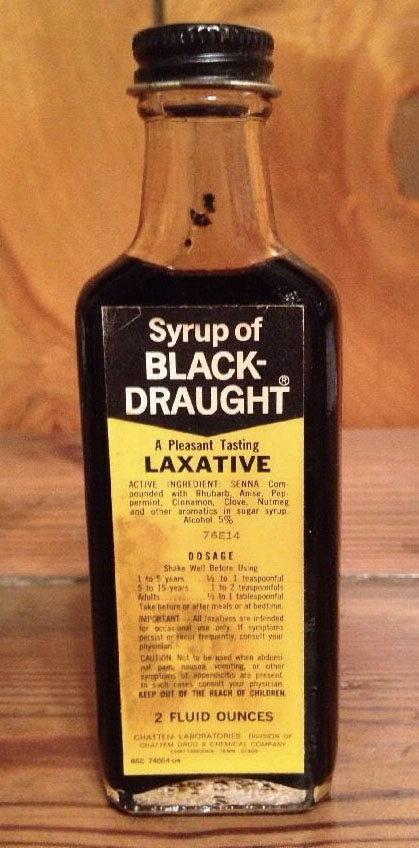
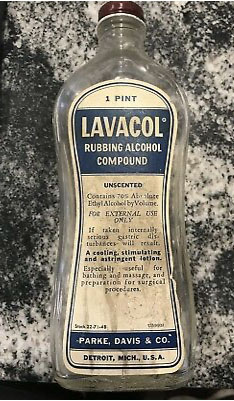
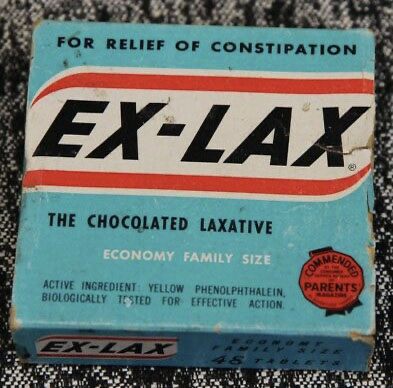
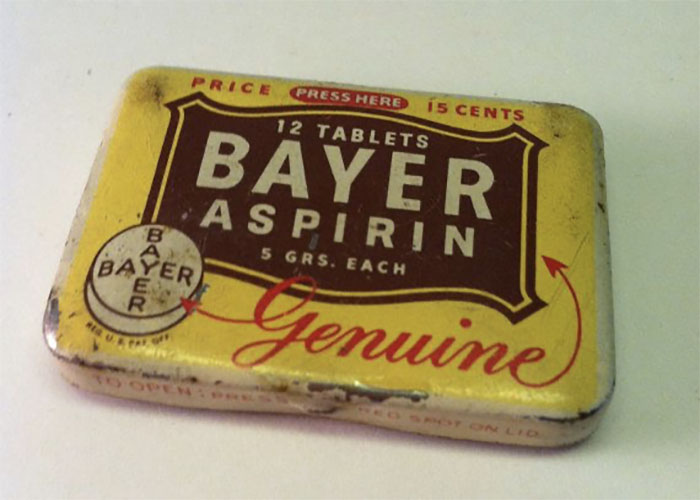
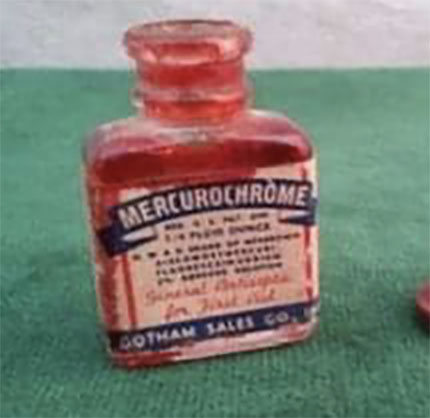
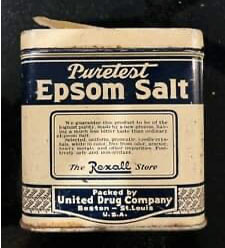
medical providers
serving callahan

Dr. Jerry B. Callahan
General Practitioner
Dr. George P. Shanck
General Practitioner
Dr. James R. Smith
General Practitioner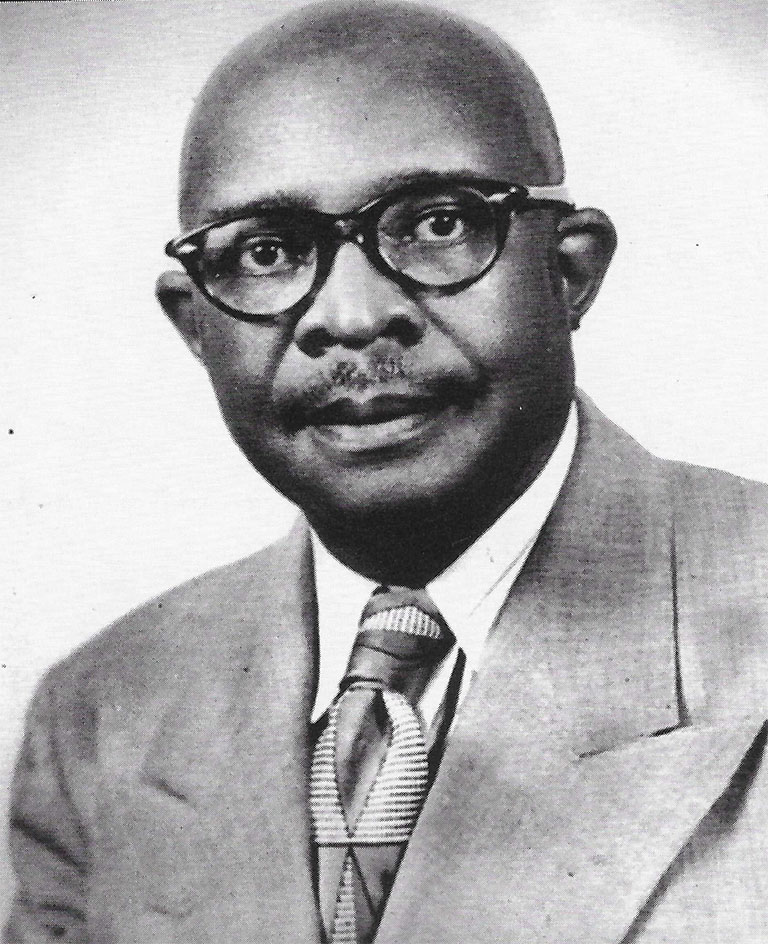
Dr. Williams Monroe Wells
General Practitioner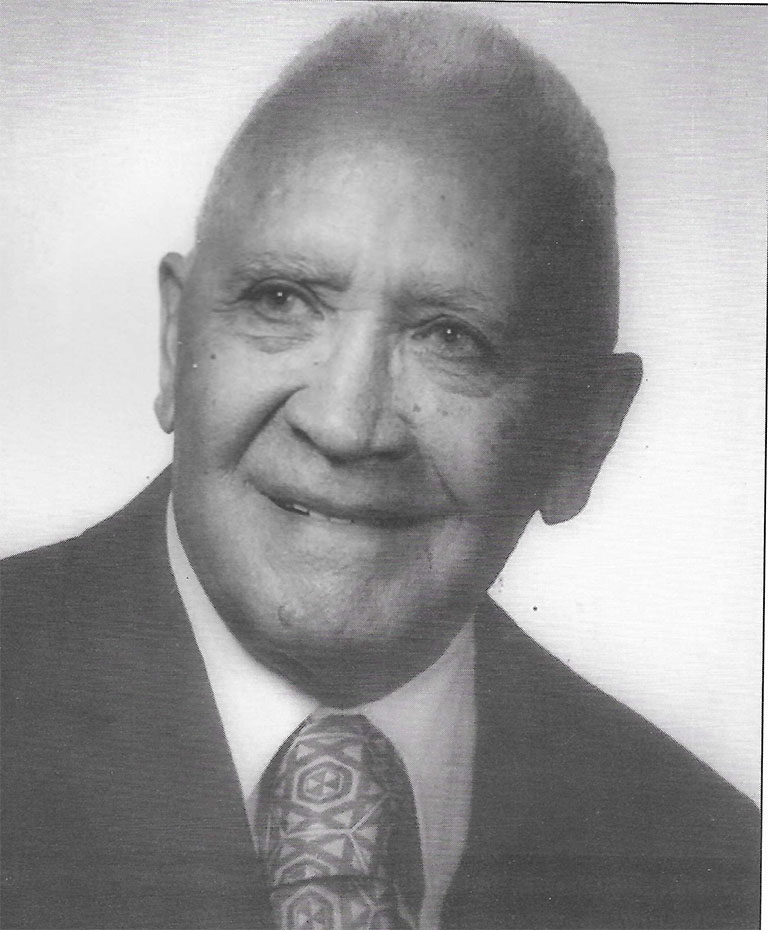
Dr. I. Sylvester Hankins
General Practitioner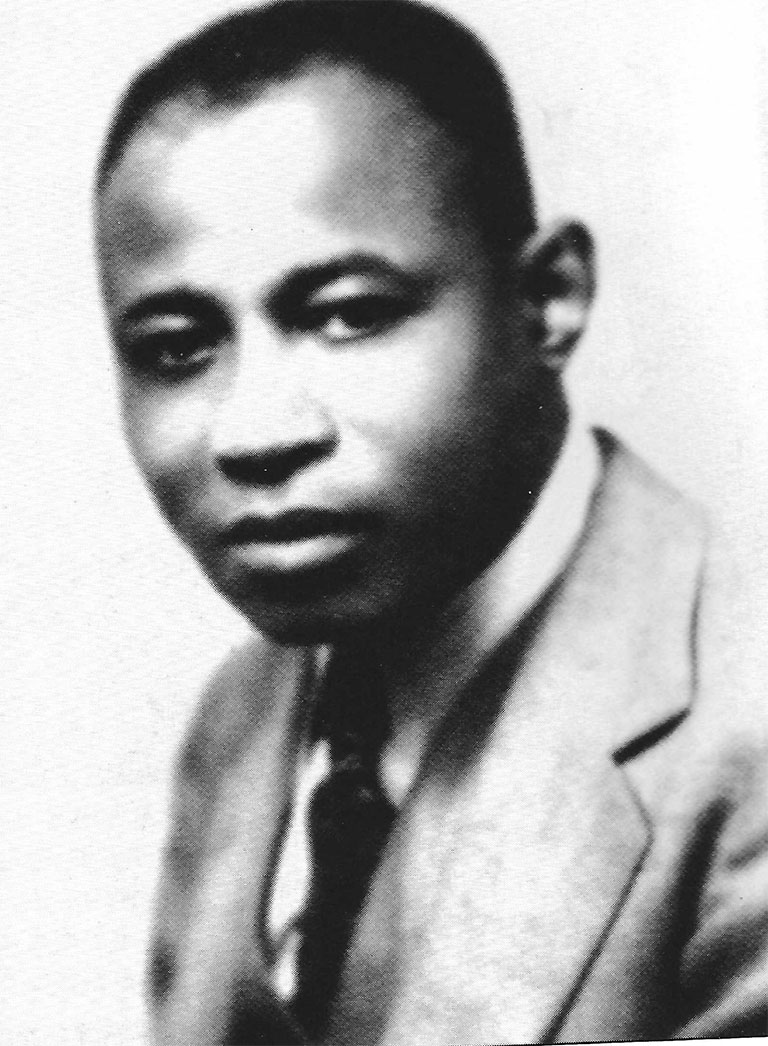
Dr. Cecil B. Eccleston
Dentist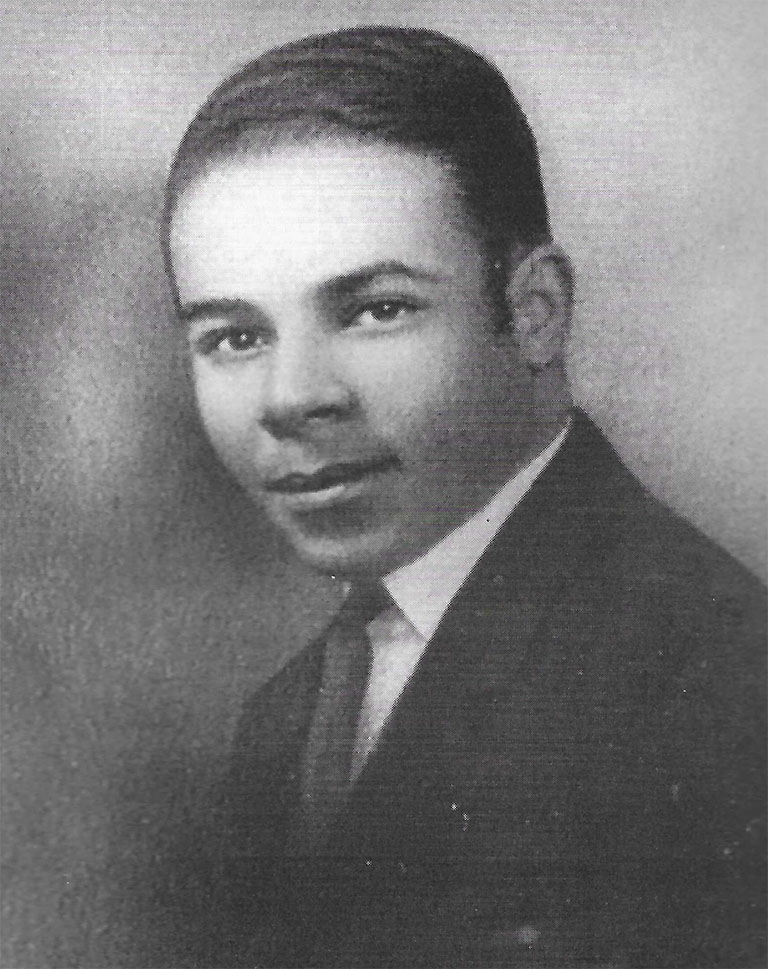
Dr. George Lamar Speight
Dentist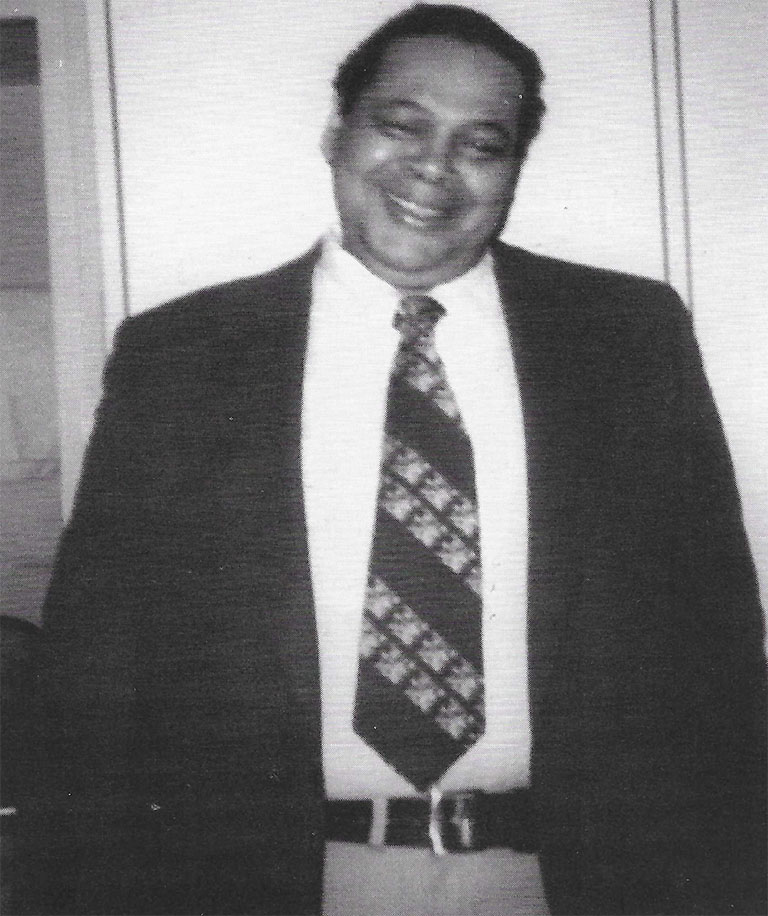
Dr. Robert W. Hunt
Dentist